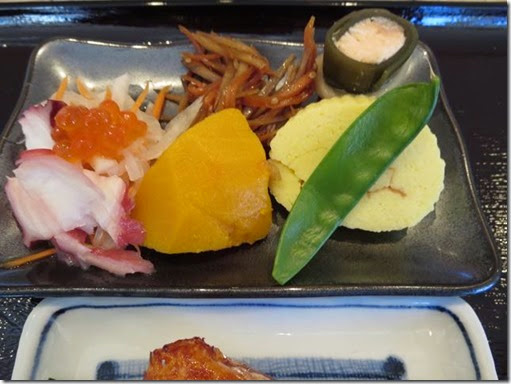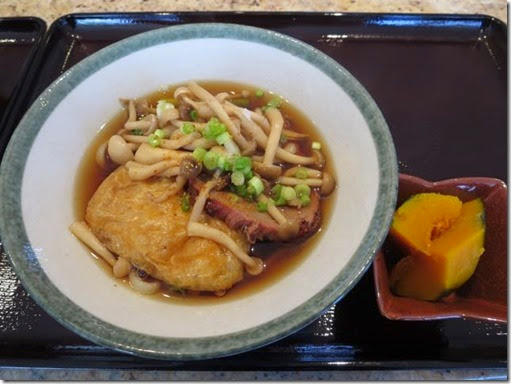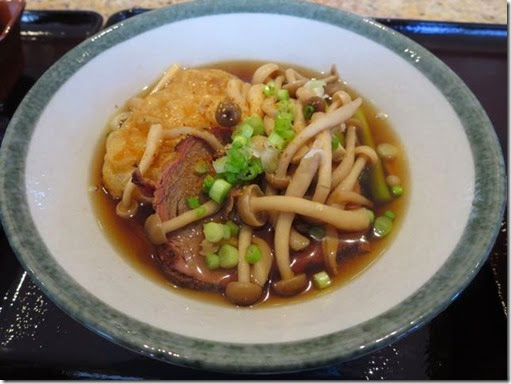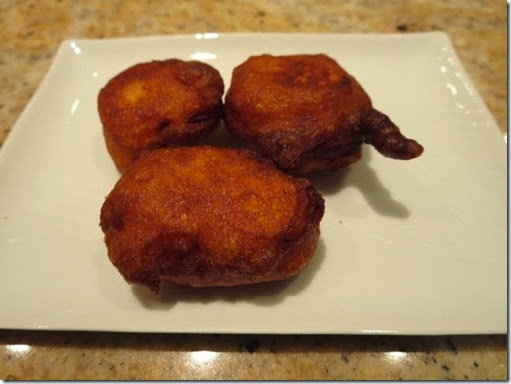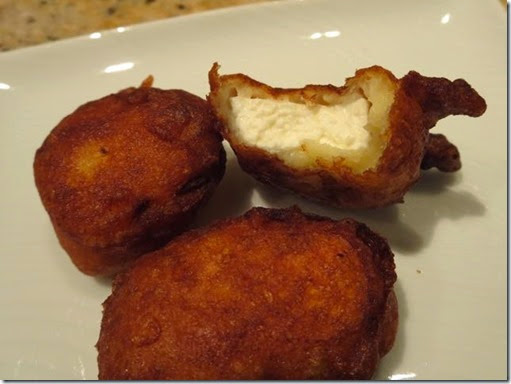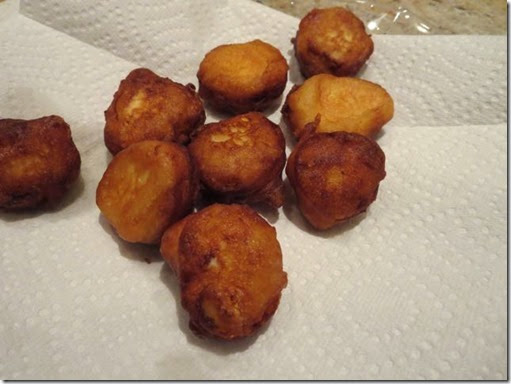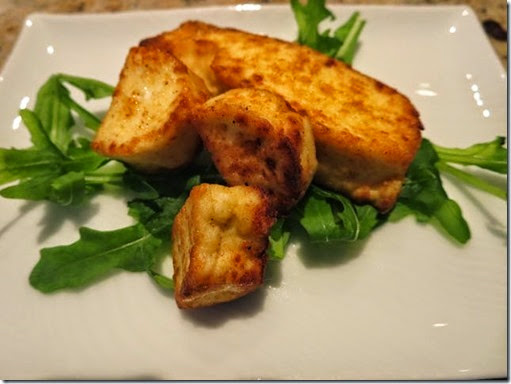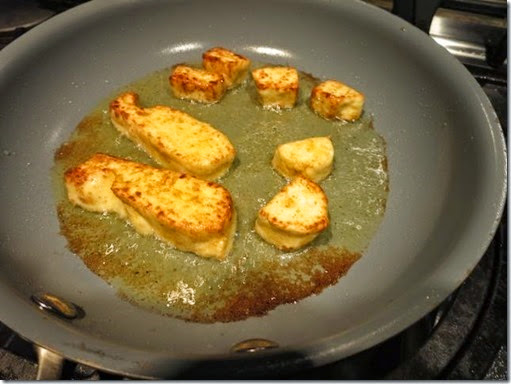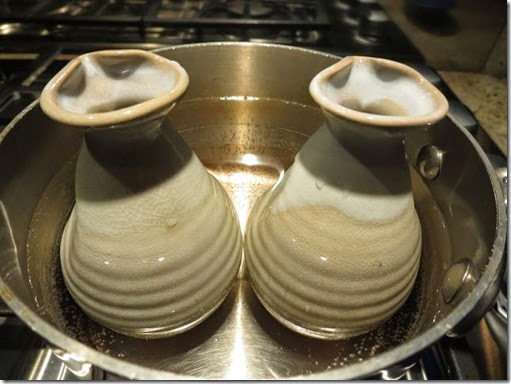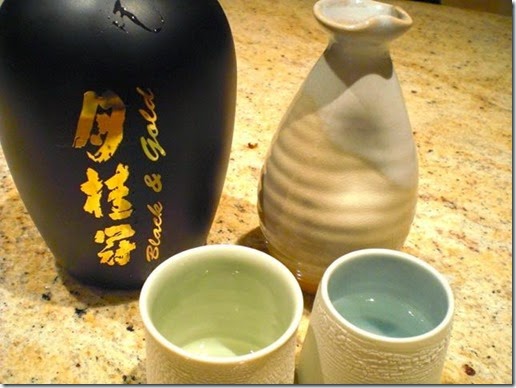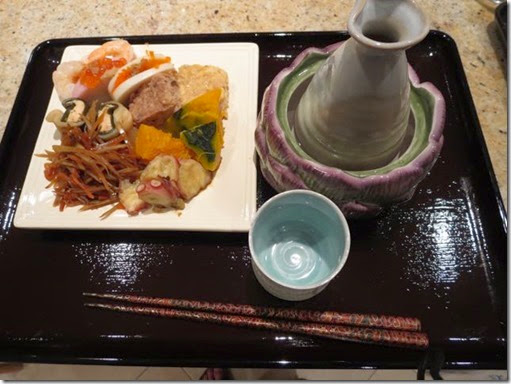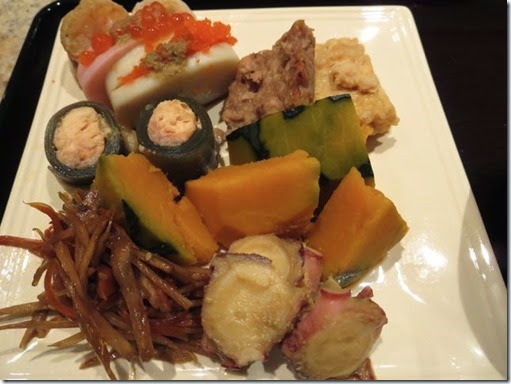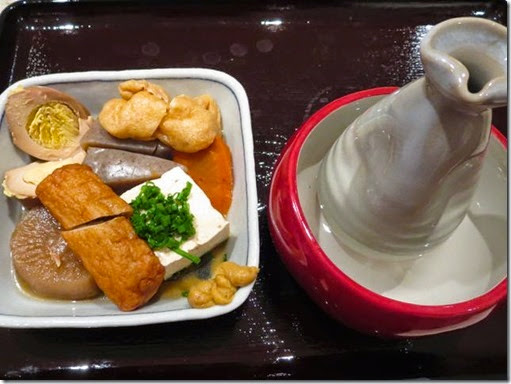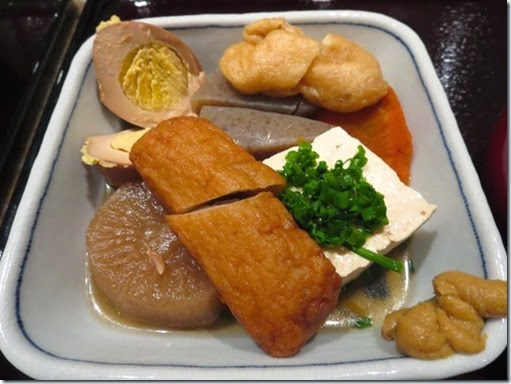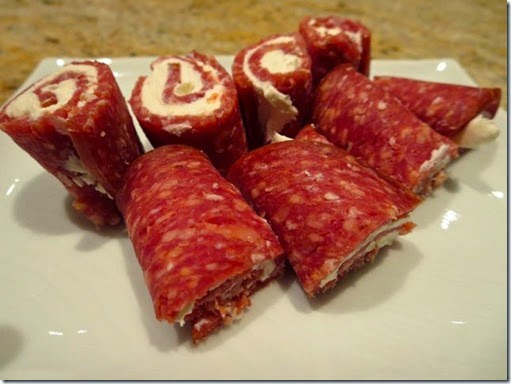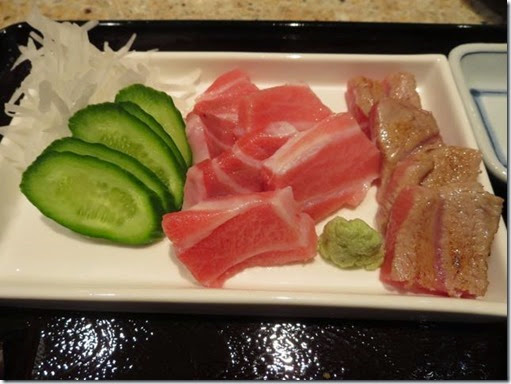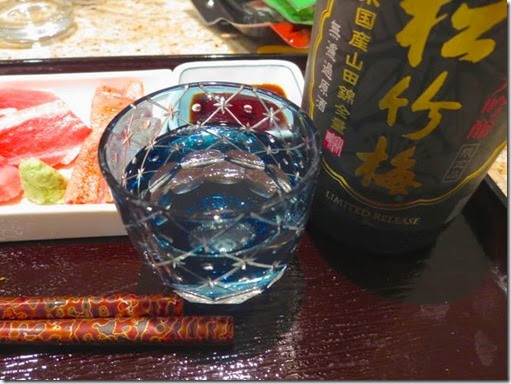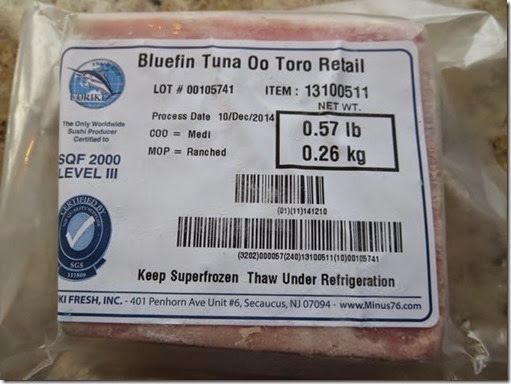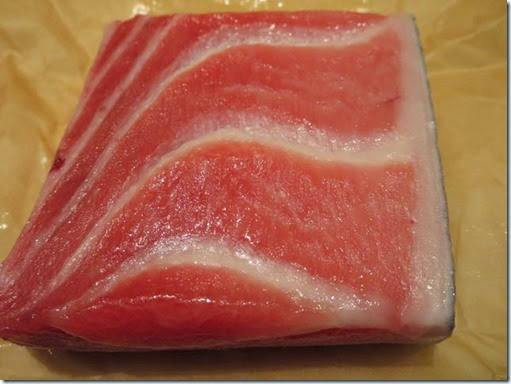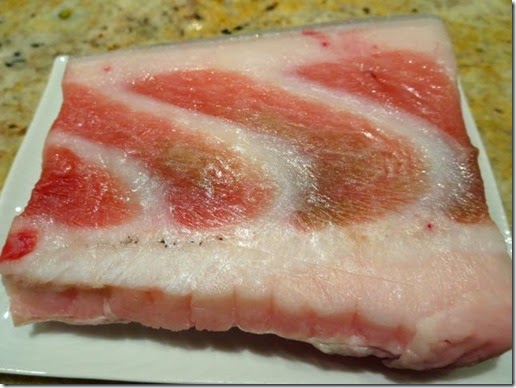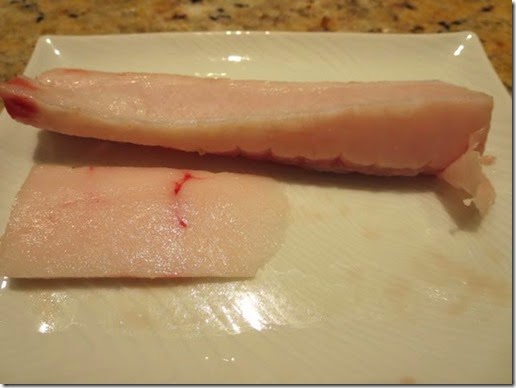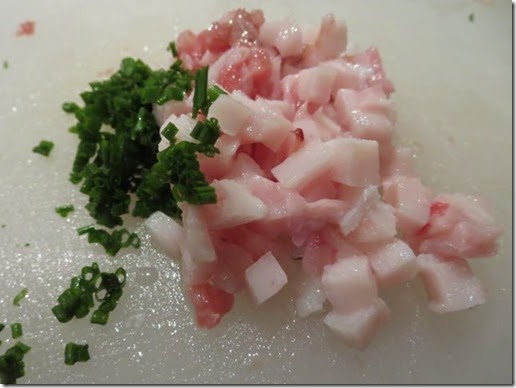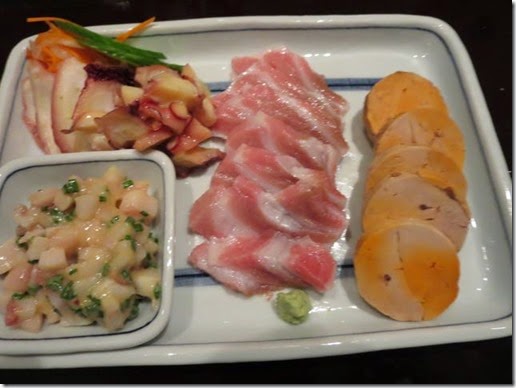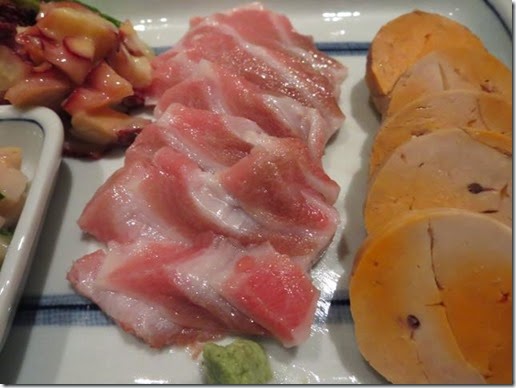As a result, many Japanese on-line cooking sites have recipes for left over mochi. This recipe for grilled cheese mochi looked really interesting and I decided to make it for lunch. The great idea of this recipe is that, on one side, the cheese is melted and browned and on the other side, slightly melted, thus, you can enjoy two different cheeses.
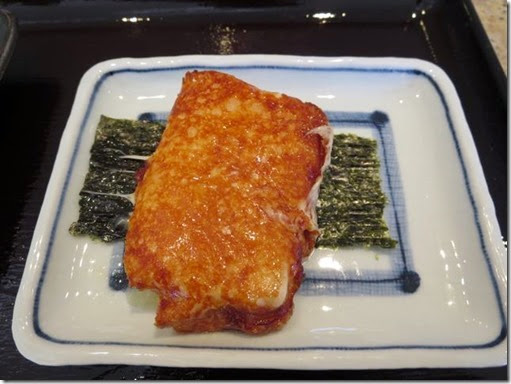
To make this, I started cooking the mochi in a frying pan with a small amount of olive oil on low flame turning several times (for about 5 minutes) until the mochi soften and puff up slightly. I put the cheese slices on top (I used applewood smoked mozzarella cheese). When the cheese softened, I flipped the mochi over and placed another slice of cheese on the other side (now on the top). I let it cook until the bottom layer of the cheese melted, spread out a little and started browning. At the very end, I added a tiny amount of soy sauce. I placed the grilled cheese mochi on a small sheet of nori dried seaweed (above picture). When we made this the second time and I served it on a much larger nori sheet.
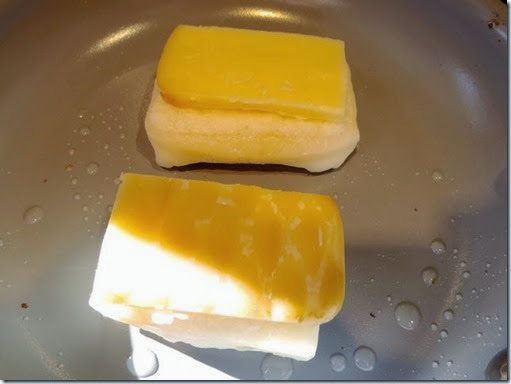
Since we had the leftover from new year's dishes, I also served some.

From left, daikon namasu garnished with ikura salmon roe, thinly sliced boiled octopus, kimpira burdock root, simmered Kabocha pumpkin, kelp salmon roll and New Year's omelet roll.
The combination of browned and soft cheeses, starch, soy sauce and nori cannot go wrong. This is a wonderful recipe and we will be consuming more mochi than ever this year. .

